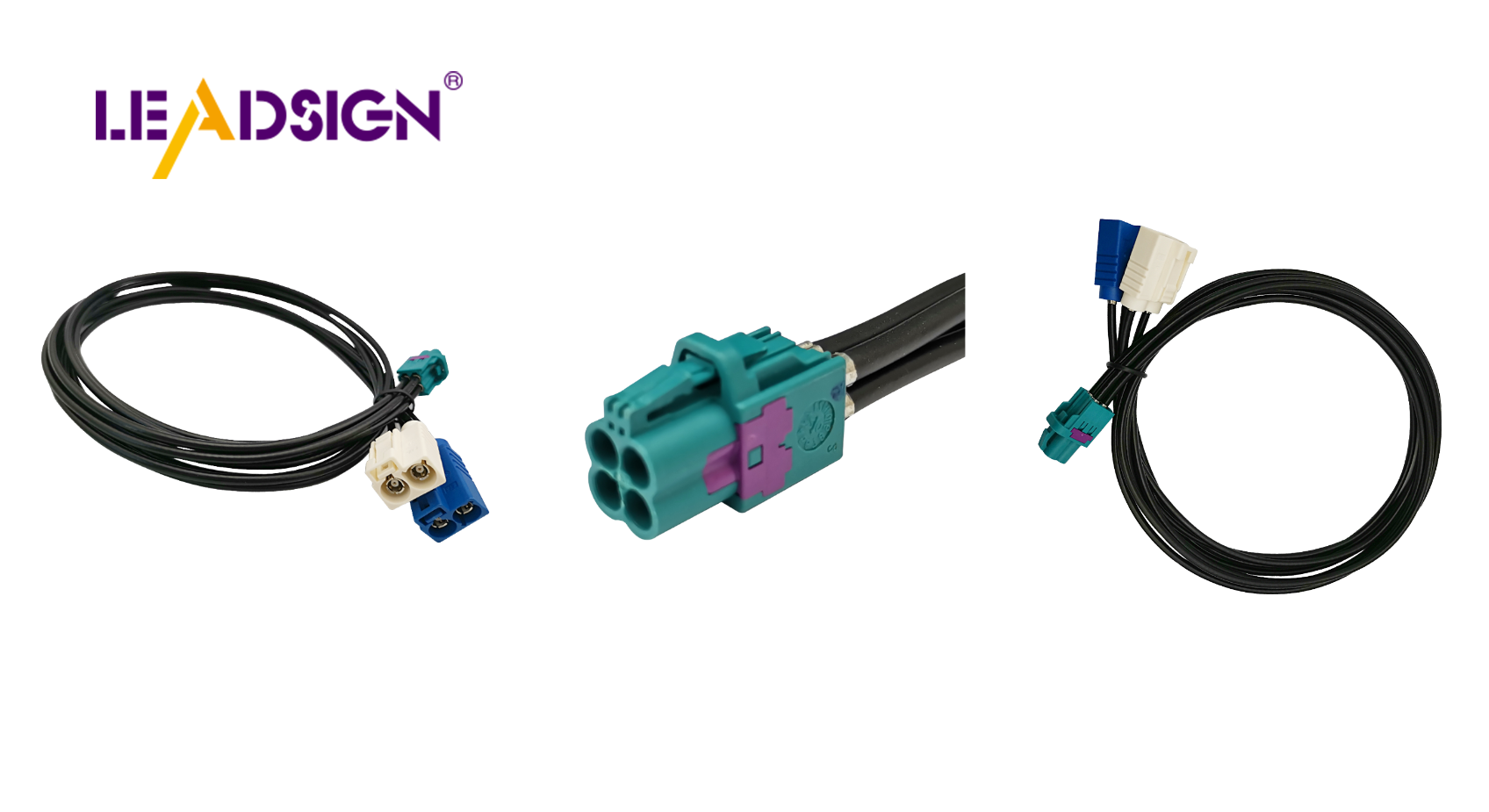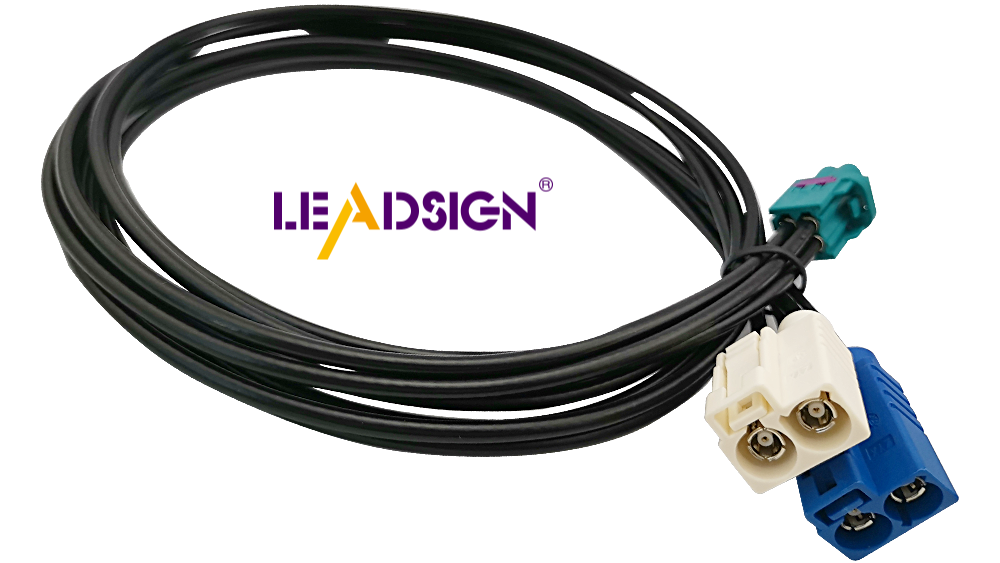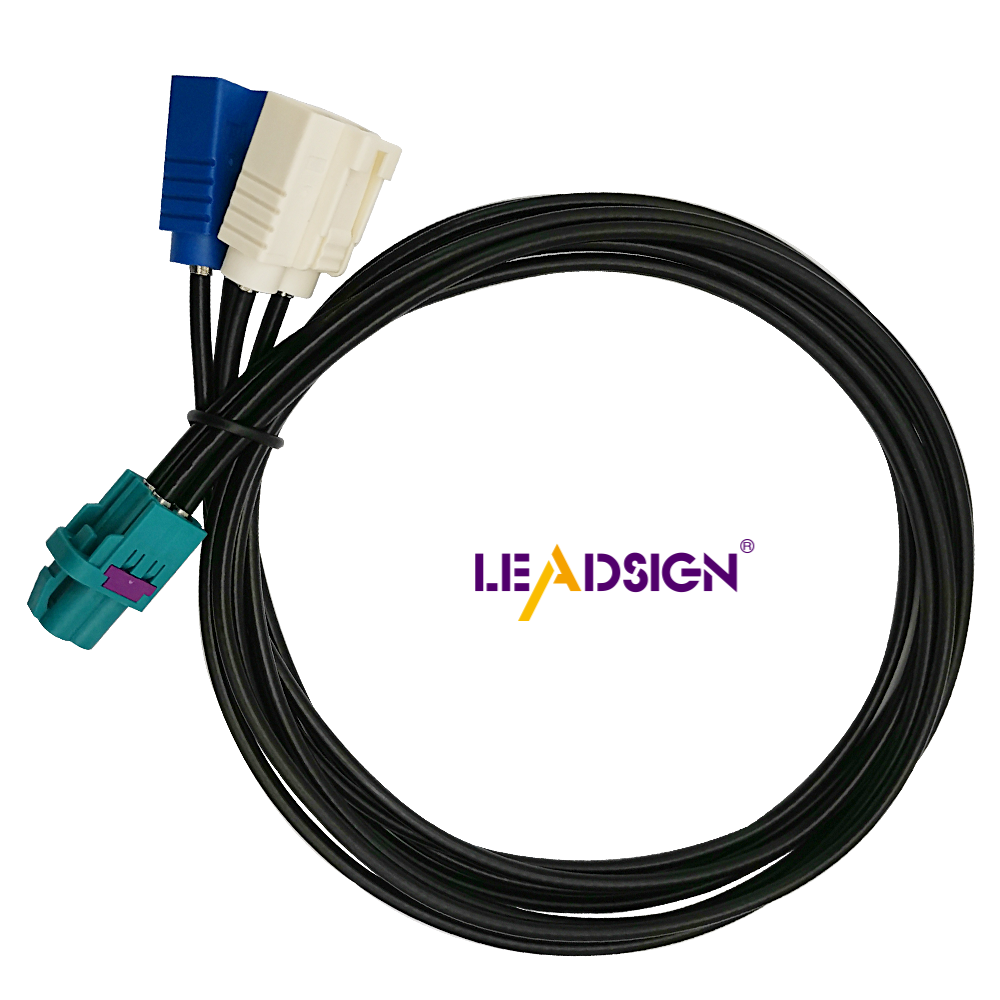Installing Types of Wire Connectors Automotive: A DIY Approach

Choosing the right automotive electrical connectors types for cars is crucial. Car electrical connectors facilitate the smooth transfer of power and data. Proper installation prevents issues and enhances performance. Utilize the appropriate tools to strip wires, crimp, and secure connections. Regularly inspect for wear or rust to maintain the integrity of the connectors. By following these practices, you ensure that your car projects are safe and operate efficiently.
Getting Ready for Installation
Before you start putting in automotive wire connectors, it's important to get ready. This makes sure everything goes smoothly and safely.
Tools You Need
First, collect the tools you need. These will help you work with wires and connectors easily.
Wire Strippers and Cutters: Use these to take off the wire cover without breaking them. Good stripping means a neat connection.
Crimping Tools: Crimping tools help attach connectors tightly to wires. They give a strong hold so the connector doesn't move.
Heat Gun or Soldering Iron: These are key for making connections secure. A heat gun shrinks tubing around wires, while a soldering iron joins wires firmly.
Staying Safe
Safety is always first when working with car electrical systems. Follow these steps to stay safe and protect your car.
Disconnecting the Battery: Always unplug the battery before doing any electrical work. This stops shocks and keeps your car's system safe.
Wearing Protective Gear: Put on gloves and safety glasses to keep your hands and eyes safe. Electrical work can make sparks or sharp wire ends, so be ready.
Ensuring a Well-Ventilated Workspace: Work where air moves well. This is very important if using a soldering iron since it can make bad fumes if breathed in.
By having the right tools and being careful, you're set for a good installation of automotive wire connectors.
Understanding Automotive Electrical Connectors Types

When fixing your car's wires, know about different automotive electrical connectors. Each type has its own good and bad points. Let's look at these connectors to help you choose wisely.
Butt Connectors
Butt connectors are common in car wiring. They join two wires end-to-end for a smooth link.
Uses and Benefits
Secure Connections: Butt connectors hold wires tightly. This keeps electricity flowing well.
Easy Installation: You can put them on fast with simple tools like crimpers.
Versatility: They work in many situations, from small fixes to big setups.
Drawbacks
Limited Flexibility: Once joined, you can't easily take the wires apart.
Potential for Corrosion: If not sealed right, water can get in and rust them over time.
Spade Connectors
Spade connectors look like forks. This shape lets them attach easily to screws.
Uses and Benefits
Quick Disconnection: You can remove spade connectors without cutting wires.
Wide Application: They fit tight spots well and connect to terminal blocks.
Good Conductivity: The design makes sure electricity flows steadily.
Drawbacks
Risk of Loosening: Shaking can make spade connectors come loose over time.
Physical Damage: Handling wrong might bend the fork, messing up the link.
Ring Connectors
Ring connectors form a full circle that goes on a bolt or stud. They give a strong, lasting connection.
Uses and Benefits
Strong Connection: The ring shape gives great stability.
High Current Capacity: Good for high power because of their tough build.
Reliable: They lower the chance of coming undone by accident.
Drawbacks
Permanent Attachment: You need to take off the bolt or screw to disconnect it.
Installation Time: Putting on ring connectors takes longer than others.
Knowing these types helps pick the right connector for your job. Each has special features for different needs. Choosing well ensures your car's electrical system works safely and efficiently.
Bullet Connectors
Bullet connectors look like small bullets. They are easy to use. You can connect and disconnect them quickly. They are simple and work well in cars.
Uses and Benefits
Easy to Use: You don't need special tools to use bullet connectors. This is great if you often change or test connections.
Small Size: Bullet connectors fit in tight spaces. They don't take up much room in your car's wiring.
Strong Connection: Bullet connectors hold tightly, so they won't fall off easily. Their design helps electricity flow well, keeping the connection stable.
Drawbacks
Can Break Easily: If you handle them roughly, they might bend or break. This can cause problems with the connection, so be careful with them.
Low Current Limit: Bullet connectors can't handle a lot of electricity. Make sure they match what your project needs.
Knowing how bullet connectors work helps you pick the right ones for your car projects. This keeps your car's electrical system working well.
Step-by-Step Installation Guide

Putting in automotive electrical connectors needs careful work. Follow these steps for a good connection.
Getting the Wires Ready
Before adding connectors, get the wires ready.
Removing Wire Cover
Pick the Right Tool: Use a wire stripper to take off the cover. This tool stops you from hurting the wire.
Measure Well: Take off about a quarter-inch of cover from each wire end. This makes sure it connects well.
Look at the Wire: Check for any cuts or nicks in wires. Bad wires can cause weak connections and problems.
Twisting Wire Ends
Hold Strands Together: Keep all wire strands together.
Twist Tightly: Twist them clockwise to keep them neat and easy to put in.
Check Tightness: Make sure they are twisted tight. Loose ones make weak links and more resistance.
Picking the Right Connector
Choosing the right connector is key for your car's electrical system.
Matching Connector to Job
Know What You Need: Find out what job needs which connector type.
Think About Conditions: Pick connectors that handle heat or wet places well.
Ensuring Good Size and Fit
Check Wire Size: Look at wire size so connector fits right.
Test Fit: Put wire in connector to see if it fits well, stopping movement for strong connection.
Putting on the Connector
After getting wires ready and picking a connector, install it.
Crimping Connector on Wire
Place Wire In: Put twisted wire into connector.
Use Crimping Tool: Squeeze tool on connector hard to hold wire tight.
Check Connection Strength: Pull gently on wire to see if it's crimped well, stopping slips.
Using Heat or Solder for Strong Hold
Pick Method: Choose heat gun or solder iron based on connector type.
Apply Heat Gun: If using heat gun, shrink tubing around link for extra safety.
Solder Joint Well: For soldering, heat joint and add solder for strong bond, making connection tougher.
Expert Insight: Making connectors stronger stops damage and keeps them working long time by using tough materials and designs.
By doing these steps, you make sure your car's electrical connectors are put in right, lowering failure risk and boosting car performance.
Keeping Connections Safe and Working
Keeping your car's wires safe is important. It helps them work well and last longer.
Checking the Connection
Make sure your wires are working right. Here's how to do it:
Using a Multimeter
Pick the Right Setting: Set your multimeter to check voltage or if things connect. This shows if electricity moves correctly.
Attach the Probes: Touch the multimeter ends to the connector parts. Hold them steady for correct numbers.
Look at the Numbers: Check what the multimeter says. A steady number means it's good, but changes mean problems.
Looking for Loose Wires
Look Closely: Check each connector for wear or damage.
Pull Gently: Tug on wires softly. They shouldn't move if they're secure.
Listen Carefully: Hear any crackling sounds? These might mean loose wires.
Taking Care of Connectors Over Time
Keep connectors in good shape with regular care:
Regular Checks
Plan Inspections: Make a schedule to look at connectors often.
Find Damage: Look for cracks or rust on connectors.
Check with Multimeter: Use it during checks to see if electricity flows well.
Cleaning and Protecting from Rust
Clean Gently: Use a soft brush to remove dirt carefully.
Use Protective Grease: Apply special grease to stop moisture and rust.
Store Safely: Keep removed connectors dry and safe.
DIY Fans Tip: Doing simple tasks yourself saves money, but know when experts should help.
By doing these steps, you keep your car's electrical system reliable and strong, giving you peace of mind while driving.
Picking the right wire connectors is very important for your car. Installing them correctly keeps everything safe and working well. Always follow safety rules and check connections often to keep them tight. Doing electrical work yourself can save money and help you learn new skills. By doing these things, you make sure your car works smoothly and safely.
See Also
Understanding HSD Connectors Essential for Automotive Applications
Significance of FAKRA Connectors in Car Technologies
Uncovering Advantages of Fakra Connectors for Vehicles

